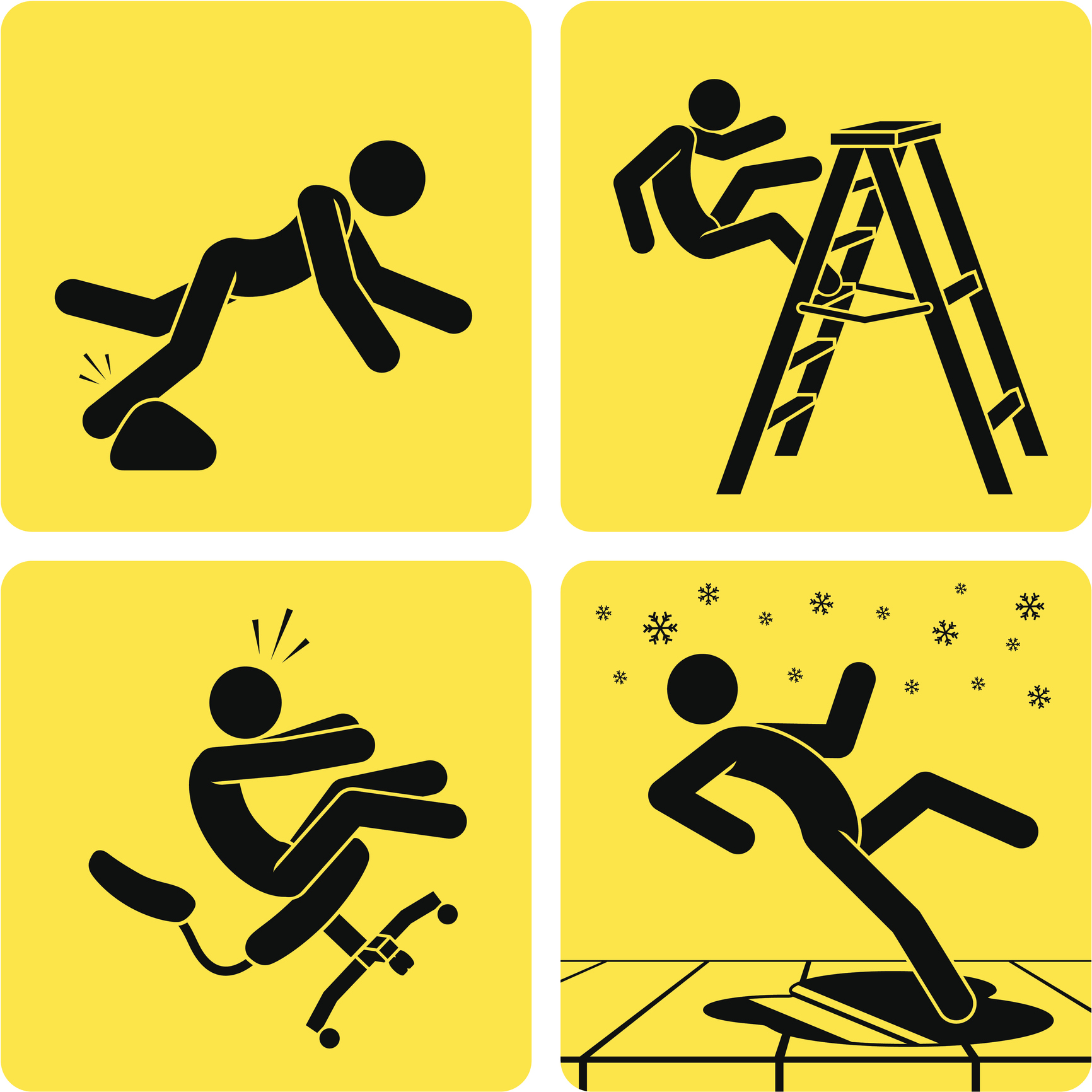5 Ways Insurers are using technology to benefit their policyholders
Technology has lead to major developments across almost every sector and insurance is no exception. Here are some examples of how insurance companies are using tech to speed up claims, tackle fraud and enhance underwriting, which ultimately leads to premium savings for your as their customers.
Dashcams
With some insurers, including Axa now offering a discount to policyholders for installing a dashcam, there are more reasons than ever before to invest in these low cost pieces of tech. Dashcams can be mounted in the front and rear windows and can be of valuable assistance in the event of a claim to prove who was at fault. Whilst not all insurers provide a discount, there are others who will use the footage to defend a claim which could ultimately save more money than the initial discount.
There is also evidence that dashcams can be a deterrent against potential road rage and other road incidents. The following article by Ageas Insurance provides further insight in to this area https://www.ageas.co.uk/solved/understanding-insurance/could-a-dashcam-help-you-with-a-car-insurance-claim/
Desktop Building Surveys
Under-insurance remains one of the biggest issues in commercial insurance; a reported 80% of commercial properties were under-insured by at least 20% in 2015 according to the Building Cost Information Service (BCIS). The solution to this is to have regular buildings valuation surveys however these can be costly which is often a deterrent for smaller businesses. Surveyors can now undertake desktop buildings surveys for a fraction of the cost with no disruption to the property. Naturally these are more limited in their scope to an on site survey however by using google maps and other online tools the qualified surveyors can provide a good guide to rebuild costs, which is far preferable to an estimate or outdated survey.
CCTV
CCTV has been a tried and tested method of mitigating the risks of theft and malicious damage for many years, however it’s now also been utilised as an anti-fraud tool for liability claims. In a recent landmark case, CCTV footage was used by Aviva Insurance to prove a fraudulent personal injury claim as reported by the BBC https://www.bbc.co.uk/news/uk-england-leeds-47793639
CCTV footage is generally recorded for a period of 30 days and erased after this time, fraudsters rely on this and make their claims once they’re confident the CCTV footage of their ‘incident’ will no longer exist. We strongly recommend to our clients that they save recordings of any incidents that are notified on the day they occur and keep the recordings for a minimum of 2 years.
Video Loss Adjusting
Lorega Loss Recovery, Firth & Scott’s recommended provider of Loss Assessors have just launched a live video streaming service which clients can use in the event of a loss to have near immediate access to a professional adjuster. Using cameras on a smart phone for example, a customer can virtually show an adjuster their damaged property, without the need to download any software. Lorega state ‘Being able to see the full, physical detail of the loss within minutes of it being reported enables Lorega to obtain an earlier assessment so they can deliver more accurate initial loss advice on security and loss mitigation measures.’ This can save precious time for customers in what can be a very stressful time and give them practical assistance faster than someone physically being with them.
Telematics
Telematics or ‘black boxes’ have been revolutionary in motor insurance, particular for young drivers. Telematics provides feedback to the insurance company of how the policyholder is driving and adjusts their premiums accordingly. Whilst telematics faced some initial criticism, particularly in the early stages of development with the dangers of restricting night driving, there is no question that this technology has lead to fairer and more affordable premiums for safe young drivers who would otherwise have been crippled by the cost of their insurance.
Many businesses have also adapted the use of telematics for their fleets; these can provide data to management on where the vehicles are throughout the day, help restrict drivers who may need to be on the policy but have a poor history or keep premiums down for high value vehicles.
If you would like to discuss any of the points raised in this article, please do not hesitate to contact Stevie Jeffrey on 0115 8400300.

